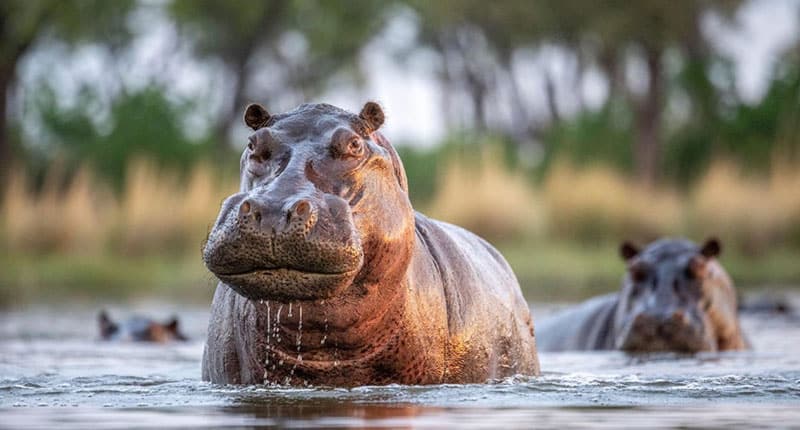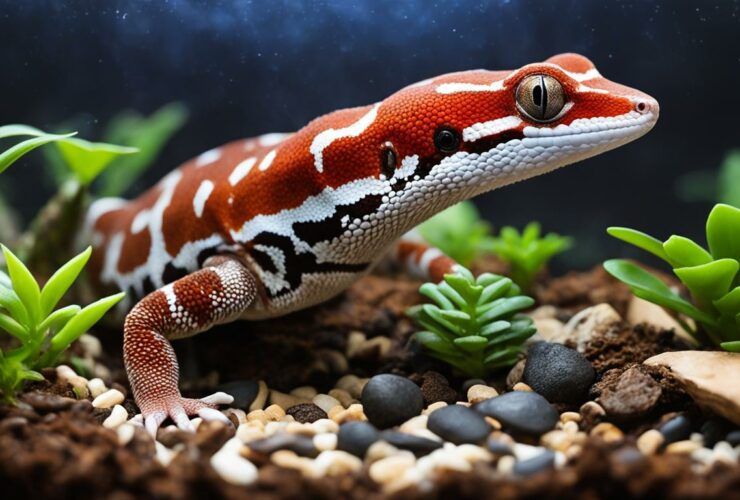Welcome to the fascinating world of the hippopotamus! In this article, we will explore the various aspects of these magnificent creatures, including their physical appearance, habitat, diet, social behavior, and much more. Join us on this journey to discover the incredible facts and features of the hippopotamus.
Physical Appearance of Hippopotamus
The hippopotamus, also known as the “river horse,” is one of the largest land mammals on Earth. They have a robust and barrel-shaped body, with short legs and a broad snout. Adult hippos can weigh anywhere between 1,500 and 4,500 kilograms, and they can reach a length of up to 5 meters. Their skin is thick and hairless, with a grayish-brown color that helps them stay cool in the scorching African sun.
Habitat and Distribution
Hippos are primarily found in sub-Saharan Africa, where they inhabit rivers, lakes, and swamps. They are most commonly seen in countries such as Uganda, Tanzania, Zambia, and Botswana. These semi-aquatic mammals spend the majority of their time in water to keep their bodies cool and protected from the sun. They are excellent swimmers and can hold their breath underwater for several minutes.
Diet and Feeding Habits
Hippopotamuses are herbivores, mainly feeding on grass and other aquatic plants. Despite their large size, they have a relatively simple digestive system. They consume vast amounts of vegetation during the night, when they venture onto land to graze. The hippo’s massive jaws and sharp teeth allow them to tear through tough vegetation effortlessly.
Social Behavior and Communication
Hippos are known for their social nature. They live in groups called pods or schools, which typically consist of females, their young offspring, and a dominant male. These pods can range in size from a few individuals to as many as 30 members. Hippos communicate with each other using a combination of vocalizations, body movements, and scent markings.
Reproduction and Family Life
Female hippos give birth to a single calf after a gestation period of around 8 months. The mother and calf share a strong bond and communicate through vocalizations and physical contact. The calf relies on its mother for nourishment and protection. It takes several years for the young hippo to reach full maturity.
Adaptations and Survival Skills
Hippopotamuses have several unique adaptations that enable them to thrive in their environment. Their eyes, ears, and nostrils are positioned on the top of their heads, allowing them to stay partially submerged in water while still being able to see, hear, and breathe. Their thick skin secretes a reddish oil that acts as a natural sunscreen and moisturizer. These adaptations contribute to their survival in the harsh African habitats.
Conservation Status
The conservation status of the hippopotamus is currently classified as “Vulnerable” by the International Union for Conservation of Nature (IUCN). The primary threats to their population include habitat loss, poaching for their ivory canine teeth, and conflicts with humans. Conservation efforts and strict protection measures are crucial for the long-term survival of these magnificent creatures.
Interaction with Humans
Hippos have had a long and complex relationship with humans. In some African cultures, they are revered and considered symbols of power and fertility. However, encounters between humans and hippos can be dangerous, as they are responsible for more human deaths in Africa than any other large animal. It is important to respect their space and observe them from a safe distance.
Interesting Facts about Hippopotamus
- Hippos can run faster than humans, reaching speeds of up to 30 kilometers per hour.
- Despite their large size, hippos are excellent swimmers and can hold their breath for up to 5 minutes.
- The name “hippopotamus” comes from the ancient Greek words “hippos,” meaning horse, and “potamos,” meaning river.
- Hippos secrete a red substance called “blood sweat,” which acts as a natural sunscreen and antibiotic.
- They have powerful jaws that can exert a tremendous amount of force, allowing them to crush bones and even small boats.
Conclusion
The hippopotamus is an incredible creature with a unique set of features and behaviors. From their massive size and powerful jaws to their social nature and adaptations for survival, these animals continue to captivate our imagination. As we strive to protect their habitats and conserve their populations, let us appreciate the beauty and significance of the magnificent hippopotamus.
FAQs
- Q: Are hippos aggressive towards humans? Hippos can be highly territorial and protective of their young, making them potentially dangerous. It is essential to observe them from a safe distance.
- Q: What is the average lifespan of a hippopotamus? In the wild, hippos have an average lifespan of around 40 to 50 years.
- Q: How do hippos communicate with each other? Hippos communicate using vocalizations, body movements, and scent markings.
- Q: Can hippos swim? Yes, hippos are excellent swimmers and spend a significant amount of time in the water.
- Q: What is the conservation status of hippos? Hippos are currently classified as “Vulnerable” by the IUCN, indicating a high risk of endangerment.















